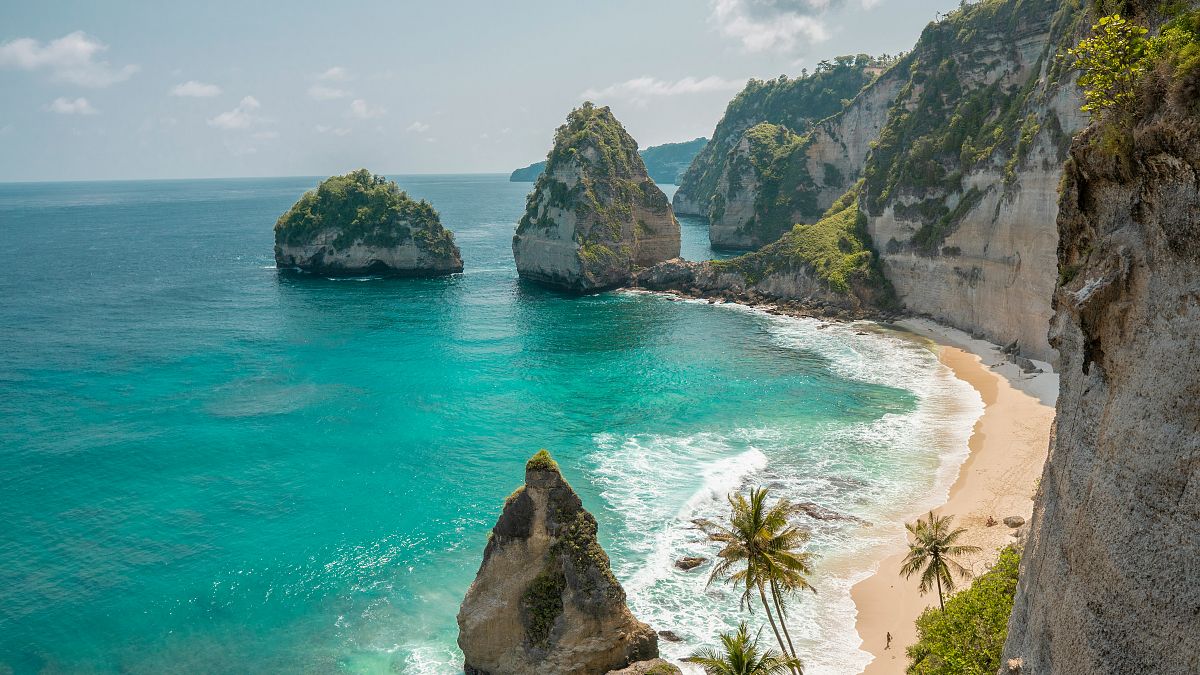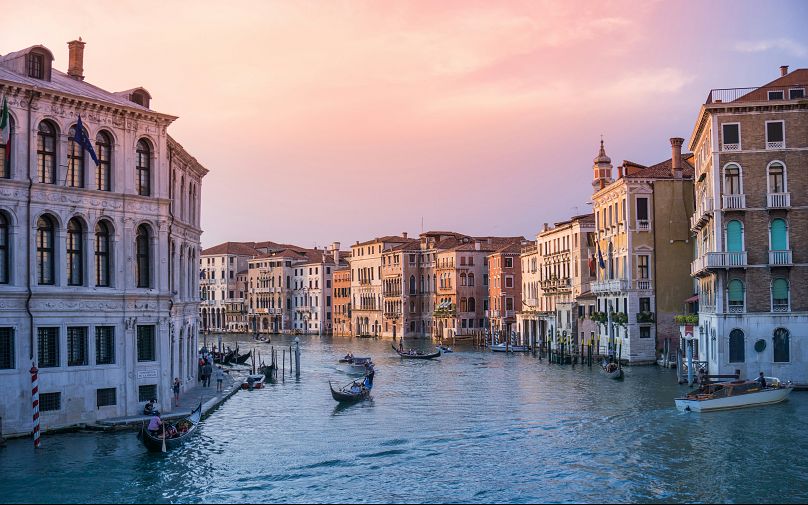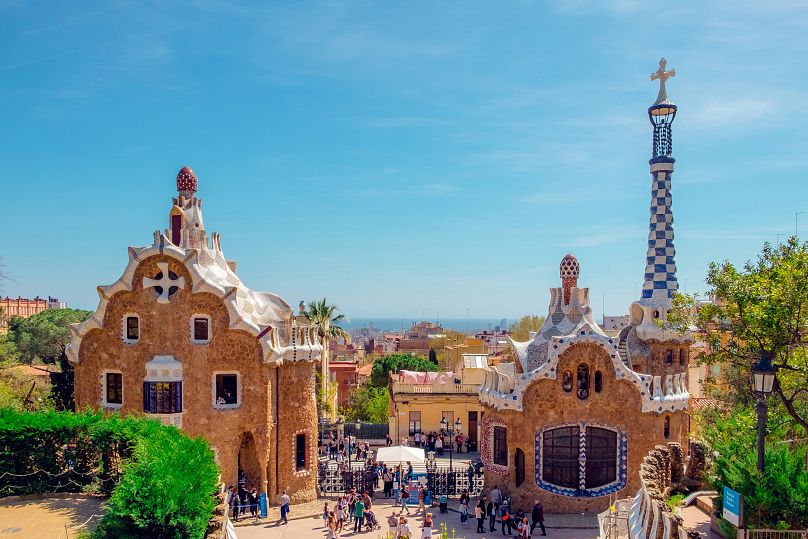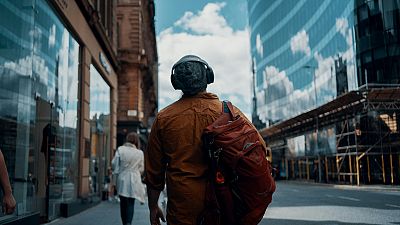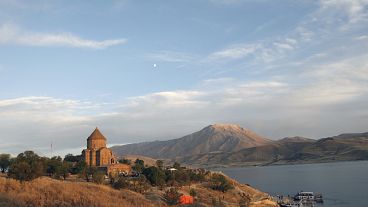Dozens of tourist hotspots around the world now charge for entry. Here’s how some have been spending the millions they receive in revenue.
In mid-February, Indonesia introduced a tourist tax on the popular island of Bali.
Foreign visitors now have to pay 150,000 rupiah (€9) to visit the destination.
Authorities say the new fee aims to protect the island’s natural environment and culture.
Dozens of tourist hotspots around the world now charge for entry. Here’s how some have been spending the millions they receive in revenue.
Bali’s new tourist tax will help protect nature
According to the Bali Provincial Government website, the new tourist tax will “continue to make various progressive efforts and innovations related to improving Bali’s quality of nature and culture through preservation, conservation, and revitalisation.”
It will also “improve the quality of services, safety, and comfort of tourists, by developing land, sea and air infrastructure in an integrated and connected manner.”
Specifically, this will see authorities addressing two major challenges facing Bali at the moment: traffic congestion and waste management.
Leaders in the island’s tourism and hospitality industry have called for an auditing process to ensure transparency in how funds are being spent.
They hope revenue will be channelled into projects within Bali’s villages, which are becoming increasingly popular places for tourists to experience Balinese culture and heritage.
There, community-based initiatives work to preserve local customs as well as generate economic opportunities for residents who don’t benefit directly from tourism
During a trial period before the official launch, when visitors could voluntarily contribute, authorities say the tax raised over $100,000 (€92,000).
Venice entry fee will fund services for residents
Venice’s long-debated entry fee will finally come into effect for a trial period in spring 2024.
It will cost €5 to enter the fragile lagoon city on peak weekends and other days between April and mid-July - 29 days in total.
Authorities have launched a portal where all visitors to Venice must register their presence, including those who can enter for free because they are already paying the overnight tourist tax or are exempt from the fee.
This way, the local council can gauge how many people will be in the city on a certain day and adjust public services like waste collection accordingly, it says.
Alongside reducing crowds and encouraging longer visits, the entry fee aims to provide funds for improving residents’ quality of life.
When announcing the charge, local tourism councillor Simone Venturini said it was not a ‘tool for making cash’ but would go towards services that help citizens like maintenance, cleaning and reducing living costs including waste taxes.
“The historic centre must be swept by hand by ecological operators without the help of machinery, therefore the cost of waste management is higher than that of a normal city,” says Gabriele Vattolo, press officer of the tourism sector of the Municipality of Venice.
“Likewise, the cost of maintaining banks and canals is higher than the maintenance of a normal road.”
The entry fee will also boost the revenue that already comes from the city’s overnight tourist tax (between €1 and €5 for guests of hotels and other tourist accommodation), which totalled €37 million in 2023.
The local council is obliged by legislation to use the proceeds to fund facilities and services directly and indirectly linked to tourism.
This includes security personnel who patrol the historic centre and help manage tourist crowds.
The tourist tax revenue also goes towards financing annual cultural events including the Festa del Redentore - where boats gather before St Mark’s Square for a firework display - and maintaining the city’s architectural heritage.
Barcelona uses increased tourist tax to fund green initiatives
In 2022, city authorities announced that Barcelona's tourist tax would be increased over the next two years.
Since 2012, visitors to the Catalan capital have had to pay both the regional tourist tax and an extra city-wide surcharge.
On 1 April 2023, city authorities increased the municipal fee to €2.75. A second increase will happen on 1 April 2024, when the fee will rise to €3.25.
The council said the proceeds are used to fund the city’s infrastructure, including improvements to roads, bus services and escalators.
At the end of 2023, authorities also announced eight new city projects funded by €7.69 million of the tourist tax revenue.
This includes Viu la vela, an initiative to encourage more young people to take up sailing as a sport. It is also part of the drive to promote the ‘blue economy’ - all economic activities related to the aquatic spheres and marine ecosystems.
A further €4.93 million will be used to promote ‘blue tourism’ including nautical sports.
This year, authorities said they have earmarked €100 million from tourist tax proceeds to install heat pumps and solar panels in state-owned schools.
By 2029, Barcelona plans to equip school properties with a total of 181,000 square metres of solar panels.
“So far we have spent these taxes on compensating for the impact tourists have on the city, including cleaning services, safety and public transport,” Jordi Valls, Barcelona’s head of economic and tourism promotion told South China Morning Post.
“This year we’ve decided to go a step further and spend the tax on financing public services from a climate point of view.”
It comes as the region is suffering the worst drought since records began leading authorities to declare a state of emergency.
